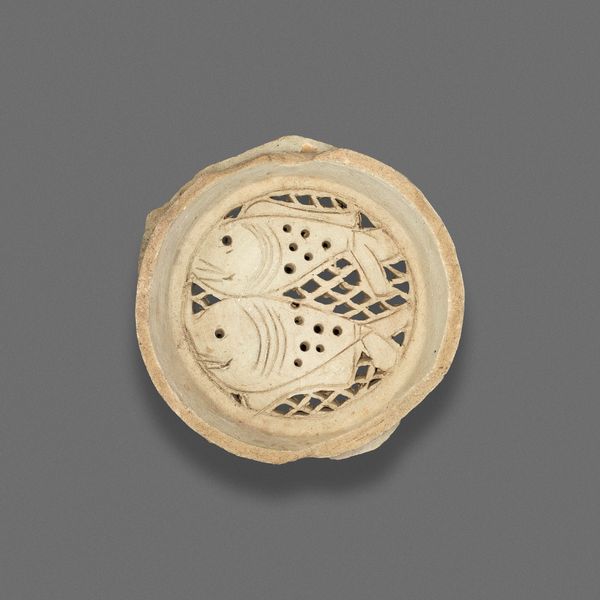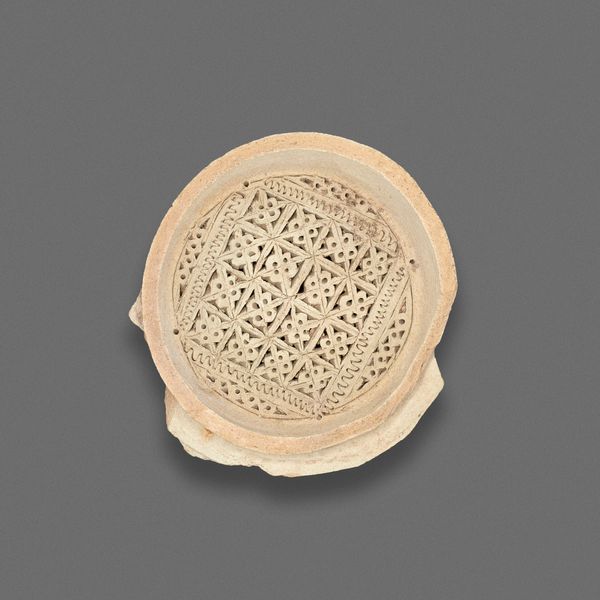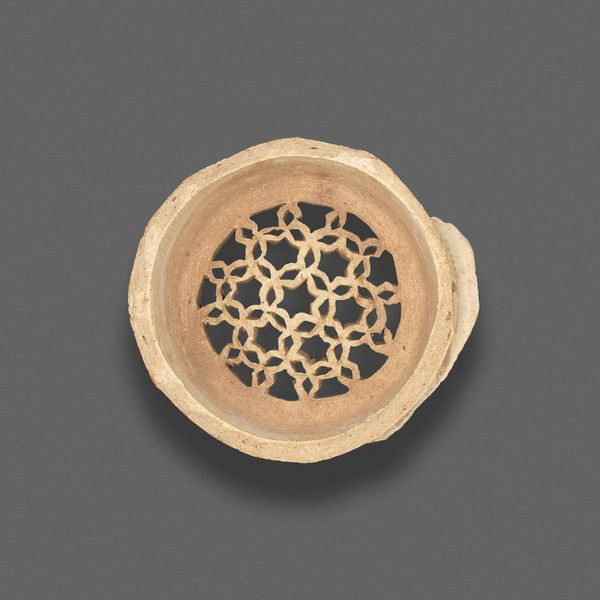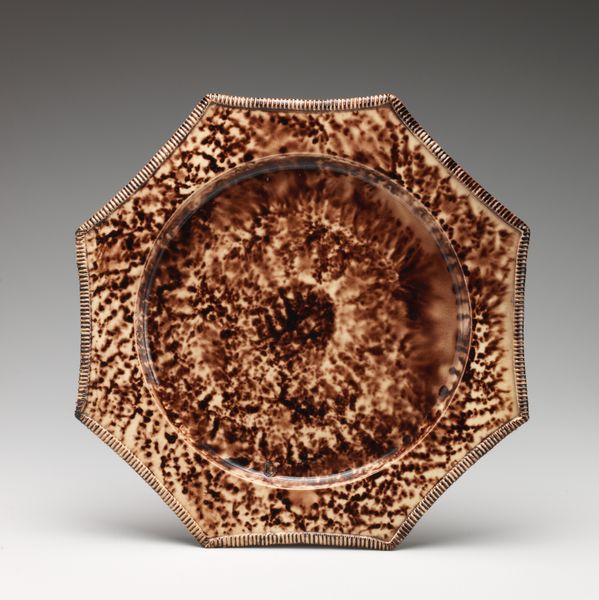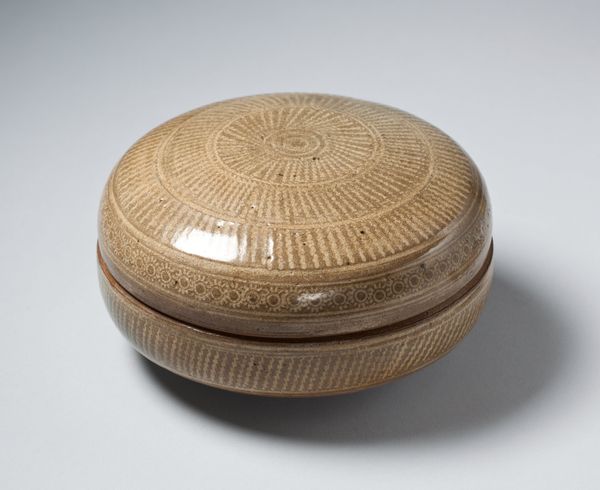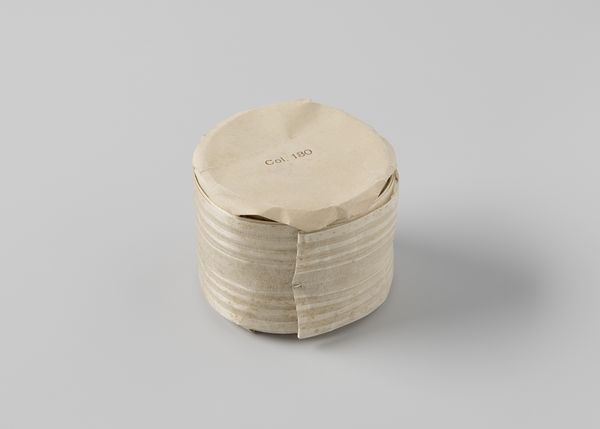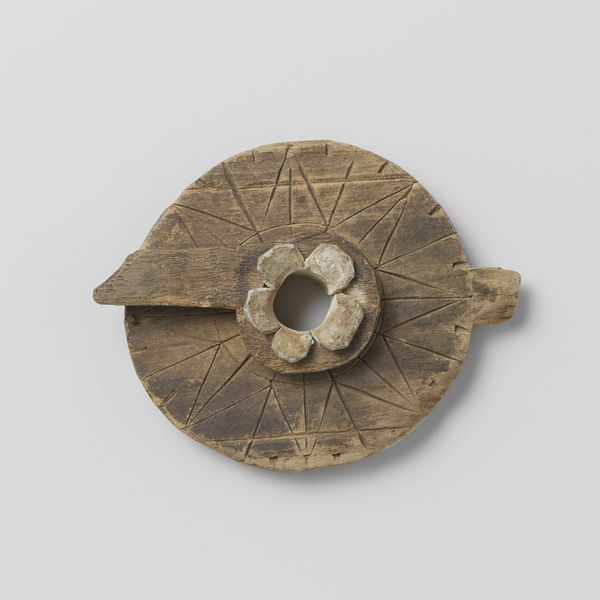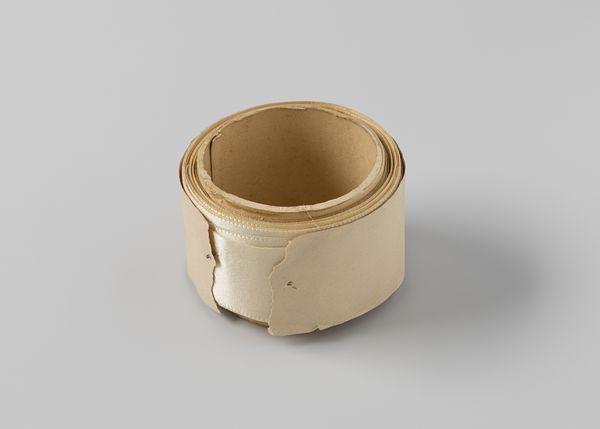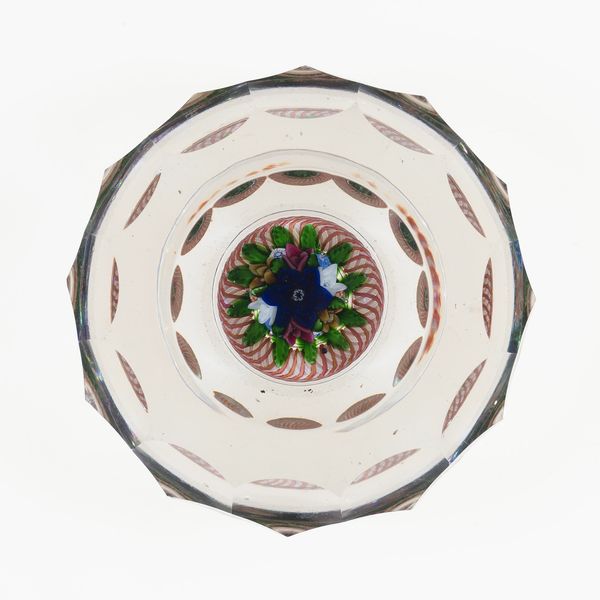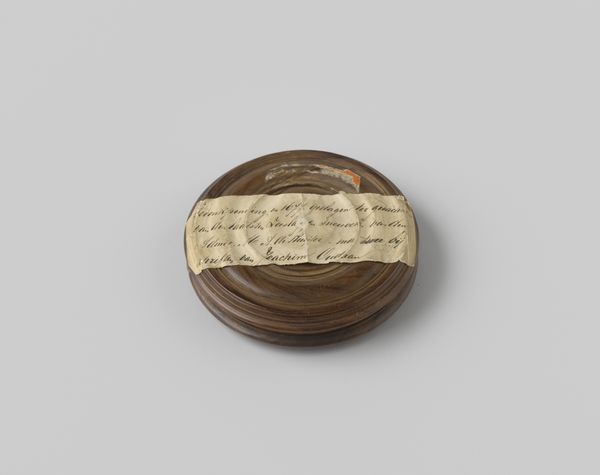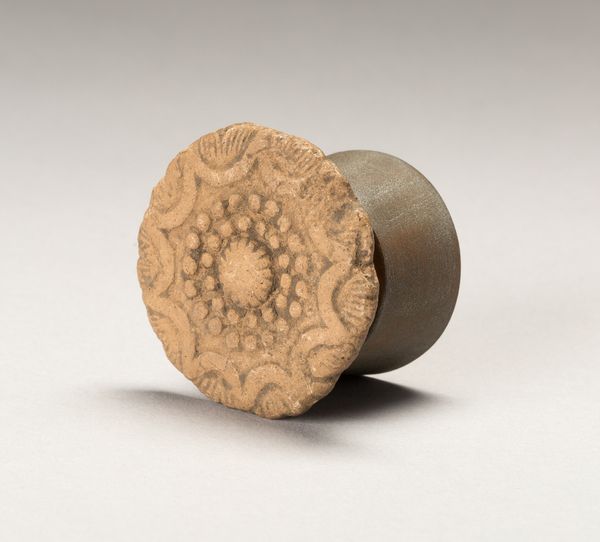
Clay filter with design of elephant Fatimid dynasty (969–1171), 11th–12th century
0:00
0:00
relief, ceramic, sculpture, terracotta
#
animal
#
asian-art
#
relief
#
ceramic
#
figuration
#
sculpture
#
terracotta
Dimensions: 2.5 × 7.9 cm (1 × 3 1/8 in.)
Copyright: Public Domain
Editor: This is a fragment of a clay filter with a design of an elephant, dating back to the 11th or 12th century during the Fatimid dynasty. The Art Institute of Chicago holds this terracotta relief. I’m struck by how this everyday object elevates the animal figure. How do you read this work through its historical context? Curator: The elephant motif, particularly in ceramic pieces during the Fatimid dynasty, speaks volumes about the interconnectedness of cultures and the politics of imagery. These weren't simply decorative pieces; they reveal trade routes and the elite’s access to exotic animals, symbolizing power and wealth. Where do you think such an object would have been used? Editor: Given its function as a filter, I imagine it might have been part of an elaborate water purification system or used in wealthy households for straining beverages. Is there evidence of this type of ceramic object being widely accessible, or were they luxury items? Curator: The refinement of the craftsmanship, and the inclusion of an exotic animal such as an elephant, indicate it likely belonged to a privileged class. Mass production techniques weren't in play, and skilled artisans were commissioned for such work. Also, remember museums are a relatively modern concept; such an object, today displayed for public consumption, was once used in a domestic setting with completely different connotations. Does that change how you perceive its presence here? Editor: Absolutely, that’s a fascinating point. It highlights how the meaning of the object shifts as it moves from a functional item in a private, elite household to a displayed artifact with cultural value in a public institution. So, we aren't just viewing a filter; we're engaging with the history of status and the complex role museums play in shaping cultural narratives. Curator: Precisely. Considering this filter reveals how an artwork’s display changes its fundamental social function and contributes to how we perceive the past. It's an object laden with a complex and fluid history.
Comments
No comments
Be the first to comment and join the conversation on the ultimate creative platform.
